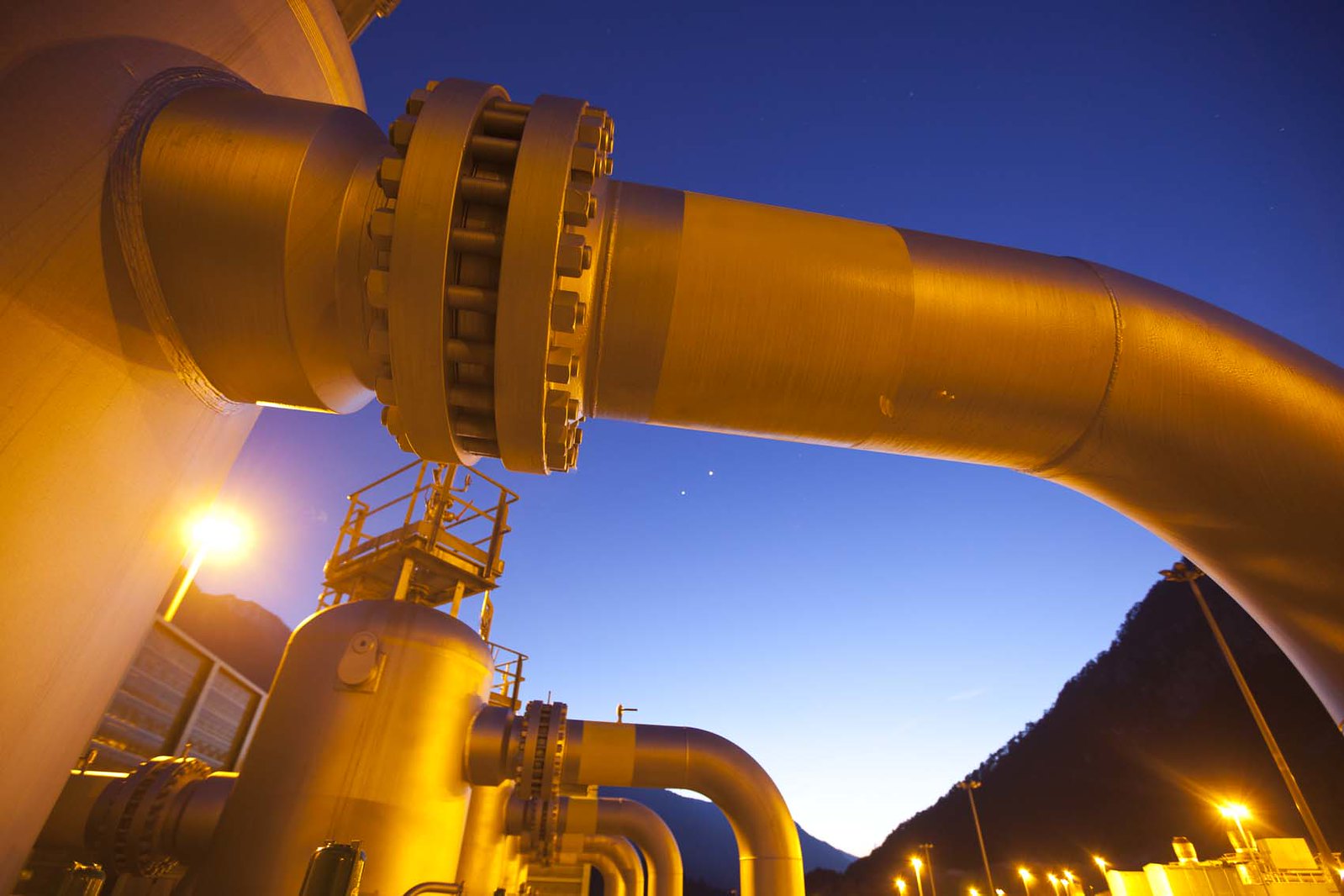Gas, what happened with Draghi’s move for Snam and GSE?

The race to fill gas storage in the summer of 2022 has generated potential capital losses for Snam and GSE. Which the government will now have to clear up. Here's what happened. The systemic benefits that nevertheless existed. And the explanation from the Snam group
Last week Arera, the regulatory authority for energy, networks and the environment, announced that in 2022 Snam (the company that manages the Italian gas network) and the GSE (Energy Services Manager ) have suffered potential capital losses for the purchase of natural gas for storage.
The gas was bought in the summer of 2022 at very high prices in order to avoid fuel shortages in the following winter: a scenario that was considered possible, given the compromise in relations with Russia after the invasion of Ukraine. However, when that gas was resold at prices much lower than the purchase prices, Snam and the GSE reported billions in losses. Which the state will have to pay off, Arera recalled.
Snam's largest shareholder (31.4 percent) is Cdp Reti, which in turn reports to the Ministry of Economy; the GSE is directly controlled by the Ministry of Economy.
However, the Snam group points out that "having purchased approximately 3 billion cubic meters of gas has had a calming effect on the entire national gas system and on all demand from families and businesses, equal to approximately 68 billion cubic meters. A much greater benefit."
Here are facts, insights and Snam's explanation.
WHAT ARERA SAID
With the 2023 budget law, the government has allocated 802 million to cover the losses (capital losses, technically) generated by the sale of gas at prices much lower than the purchase prices.
Already in June Arera had explained to MF-Milano Finanza that "the government's financial compensation intended to cover the losses of Snam and GSE is not sufficient", and that the state will have to allocate further resources to close the deficit in the balance sheet of the two companies; deficit that, in fact, it created. “Significant losses emerged linked to the significant differences between the purchase price, which is very high, and the realized or expected sale price of the same gas, which is much lower following the easing of tensions on energy commodity prices recorded and expected in 2023”, the authority had explained.
THE ROLE OF THE DRAGHI GOVERNMENT IN THE GAS RACE
The then government of Mario Draghi feared that it could not guarantee Italy's energy security during the winter months, and so asked Snam and GSE to purchase gas on the market to fill stocks. “Thanks to this measure it was possible to fill the basins up to 93% of their capacity, but it also contributed to amplifying the opportunistic behavior of speculators,” write Andrea Greco and Giuseppe Oddo in the new book L'arma del gas . In August 2022, European gas prices exceeded 300 euros per megawatt hour; a year earlier it was around €50/MWh.
“The result was that, when the methane from storage, paid between 100 and 300 euros per MWh, was put back on the market, the GSE and Snam recovered figures up to seven times lower, with losses of hundreds of millions”, the two journalists continue.
THE SNAM GROUP EXPLANATION
Last year's decision to fill the warehouses was ordered by the EU Regulation on Security of Supply and all member states were required to comply, recalls the Snam group which adds: "In that situation for commercial operators (the companies that buy and sell gas) the filling of the storage was unsustainable due to the purchase prices which were already too high and could not be contracted with forward sales, given the absence of demand under such onerous conditions (high prices and high burden of financial guarantees)".
Furthermore, despite the institutions' initiatives to incentivize commercial operators to purchase gas to put it into storage (stock premiums, zero-based auctions, and so on), "the achievement of EU objectives would have been compromised. The national system was exposed to the risk of not covering the demand of families and businesses."
Snam, in essence, was called by the government to intervene as a last resort to make up the difference. “The purchases did not take place at "any price" but at prices in line with the spot prices of the Italian PSV and the other continental hubs, and with marginal quantities compared to the general size of the European market", the group points out.
Finally, the filling of the storage facilities not only guaranteed the physical availability of the gas "but had significant price stabilization effects, which from December 2022, once the stocks were reconstituted, returned below 100 euros/MWh, dropping to 30 euros/ MWh during the last summer filling of 2023”.
In summary, having purchased approximately 3 billion cubic meters of gas has had a calming effect on the entire national gas system and on all demand from families and businesses, equal to approximately 68 billion cubic meters last year. A much greater benefit.
This is a machine translation from Italian language of a post published on Start Magazine at the URL https://www.startmag.it/energia/gas-snam-gse/ on Mon, 09 Oct 2023 09:39:20 +0000.
